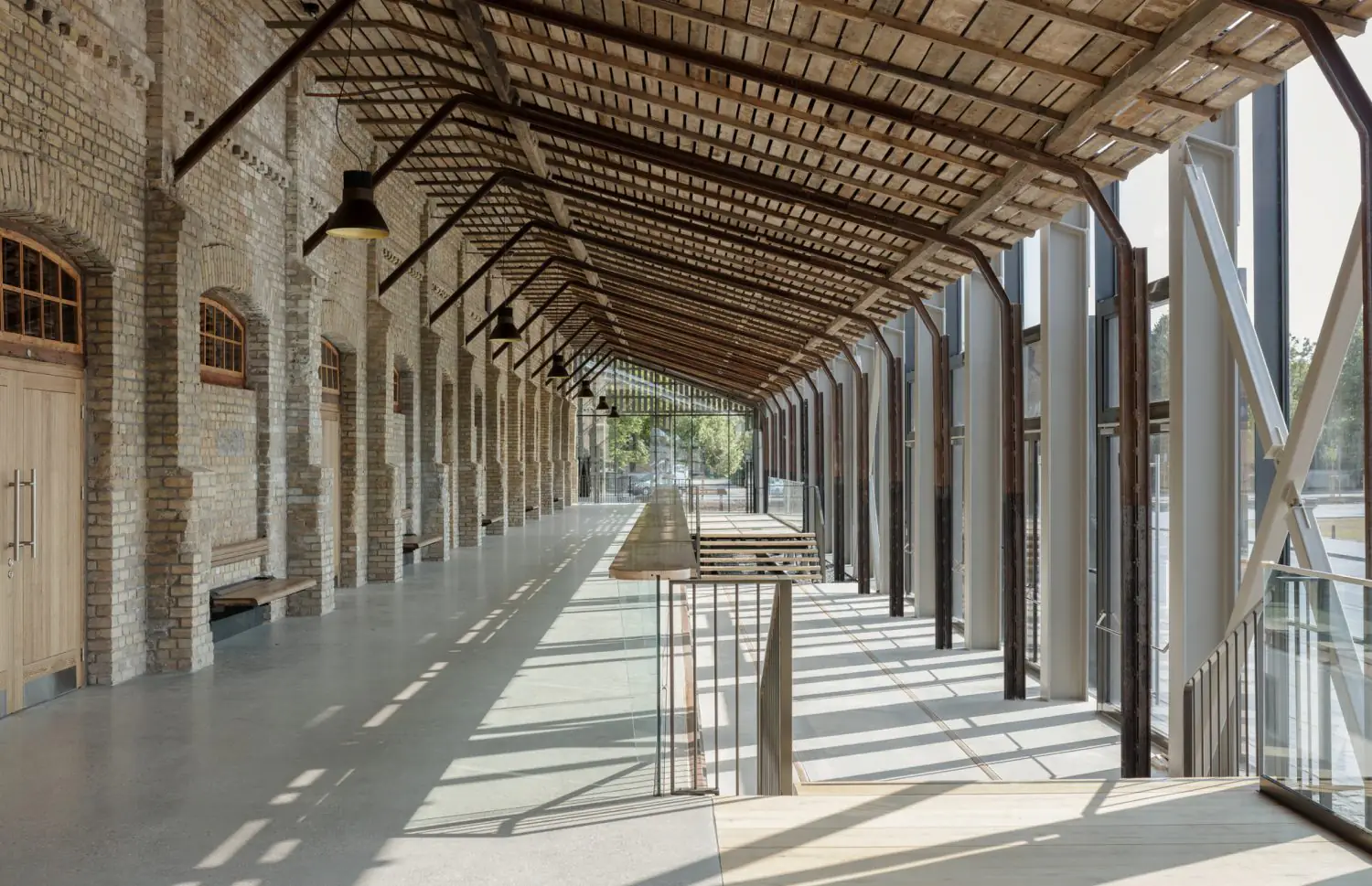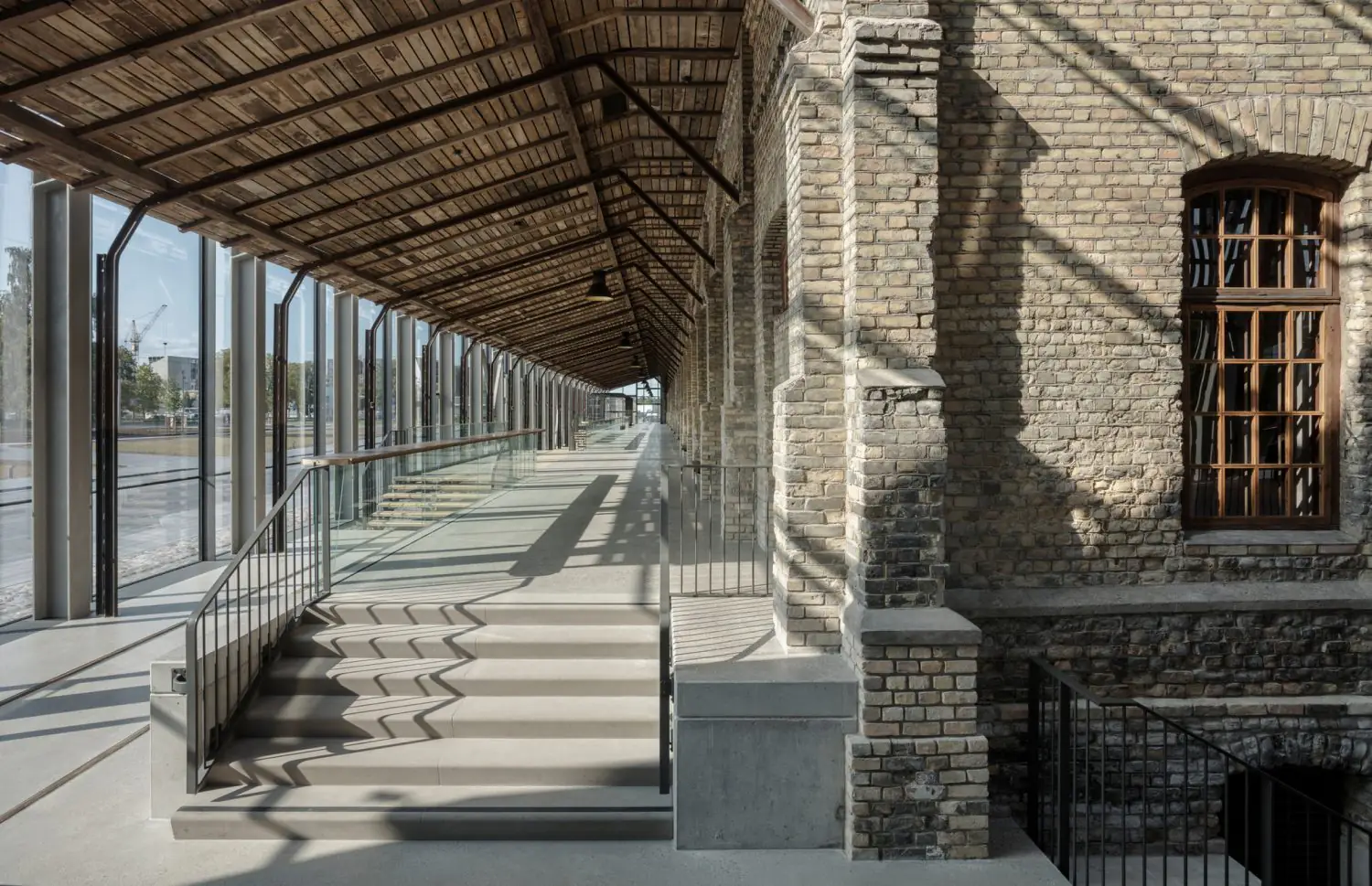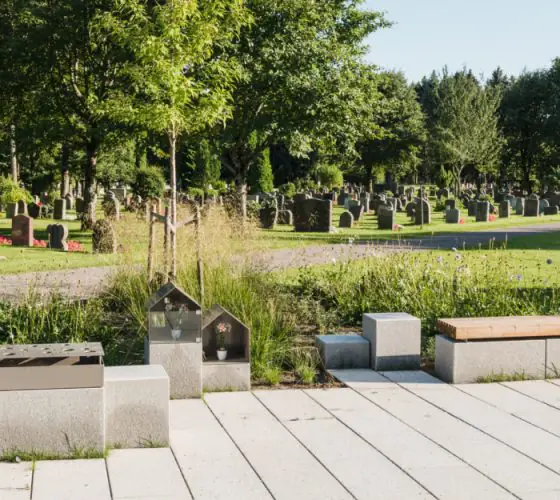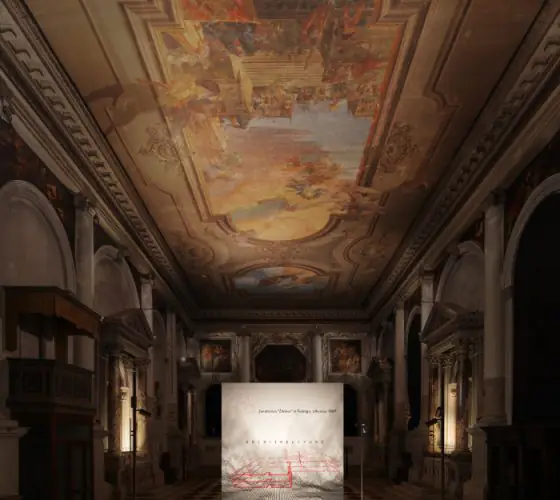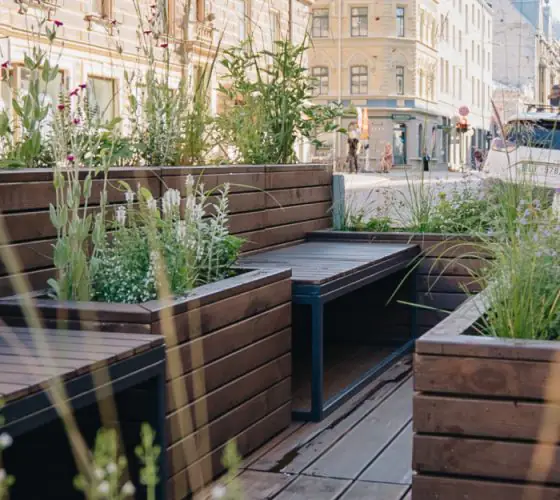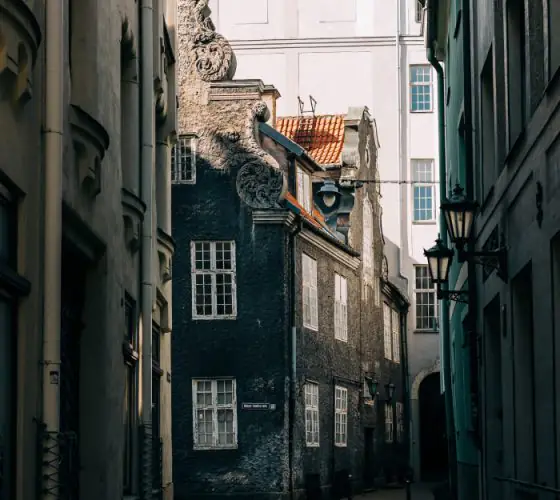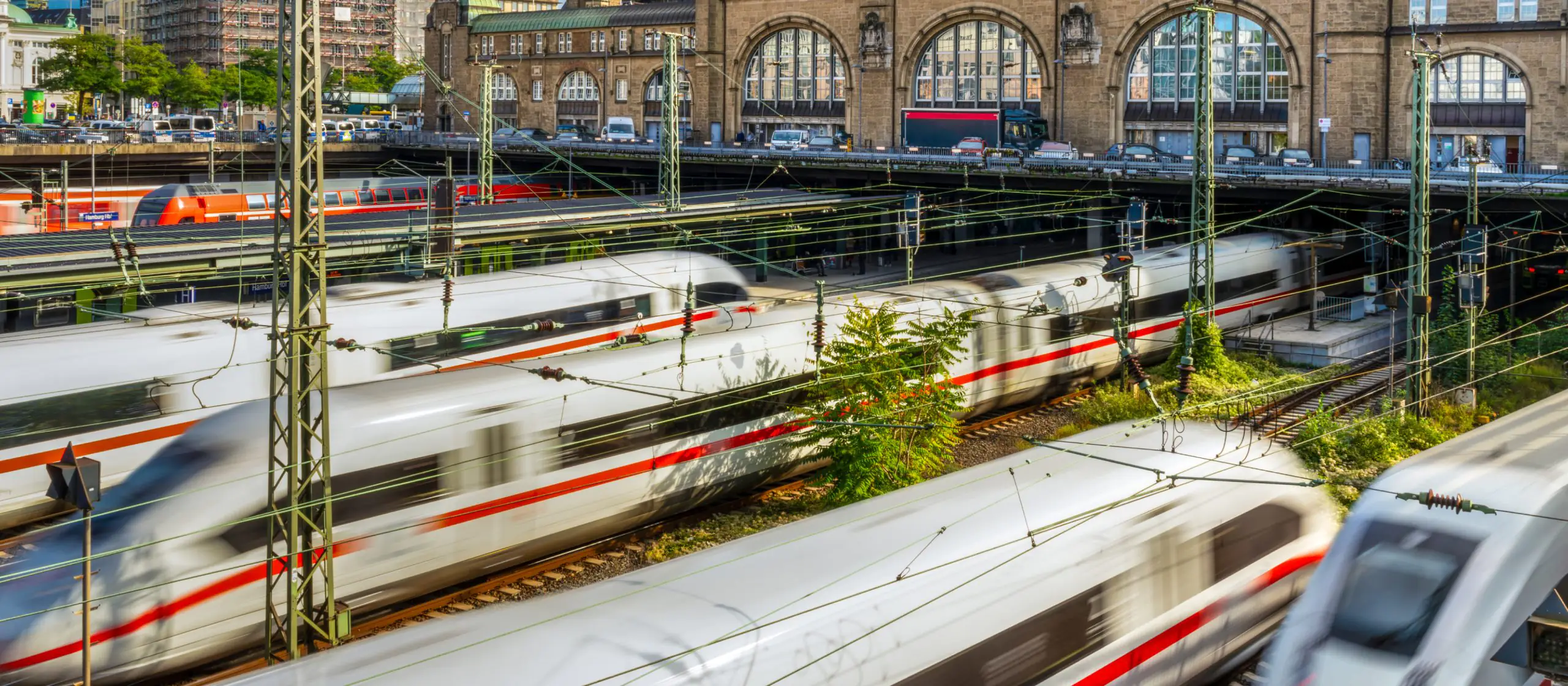
Train Station as a Place of Memory
It all began with water: the steam locomotives were the first to roam the train tracks, leaving many people in absolute awe. We need to recall that most of the people of the 19th century had never seen anything moving faster than a running horse. While some admired this new means of transportation, others feared this human creation. Back in the late 19th century newspapers spread rumors across Europe that train travel could damage your nervous system or worse: drive people insane. Some might argue that even in 2024 the constant delays of the new electric trains in Latvia have driven some to the point of insanity. However back in the 19th century, they were referring to the “dangerous” speed of the train: a whopping 50 kilometers per hour.
Railways helped people navigate great distances fast as well as greatly sped up industrialization and shipment of goods—and it fostered local industries and commerce. New neighborhoods and even towns were created to upkeep the ever-growing train infrastructure. However, the arrival of the automobile in the first quarter of the 20th century greatly challenged the need for such a costly endover. Urbanisation and the consequent gradual decline of the rural population made many passenger lines unprofitable. This, in turn, left previously flourishing neighborhoods unattended and their railway stations emptied out.
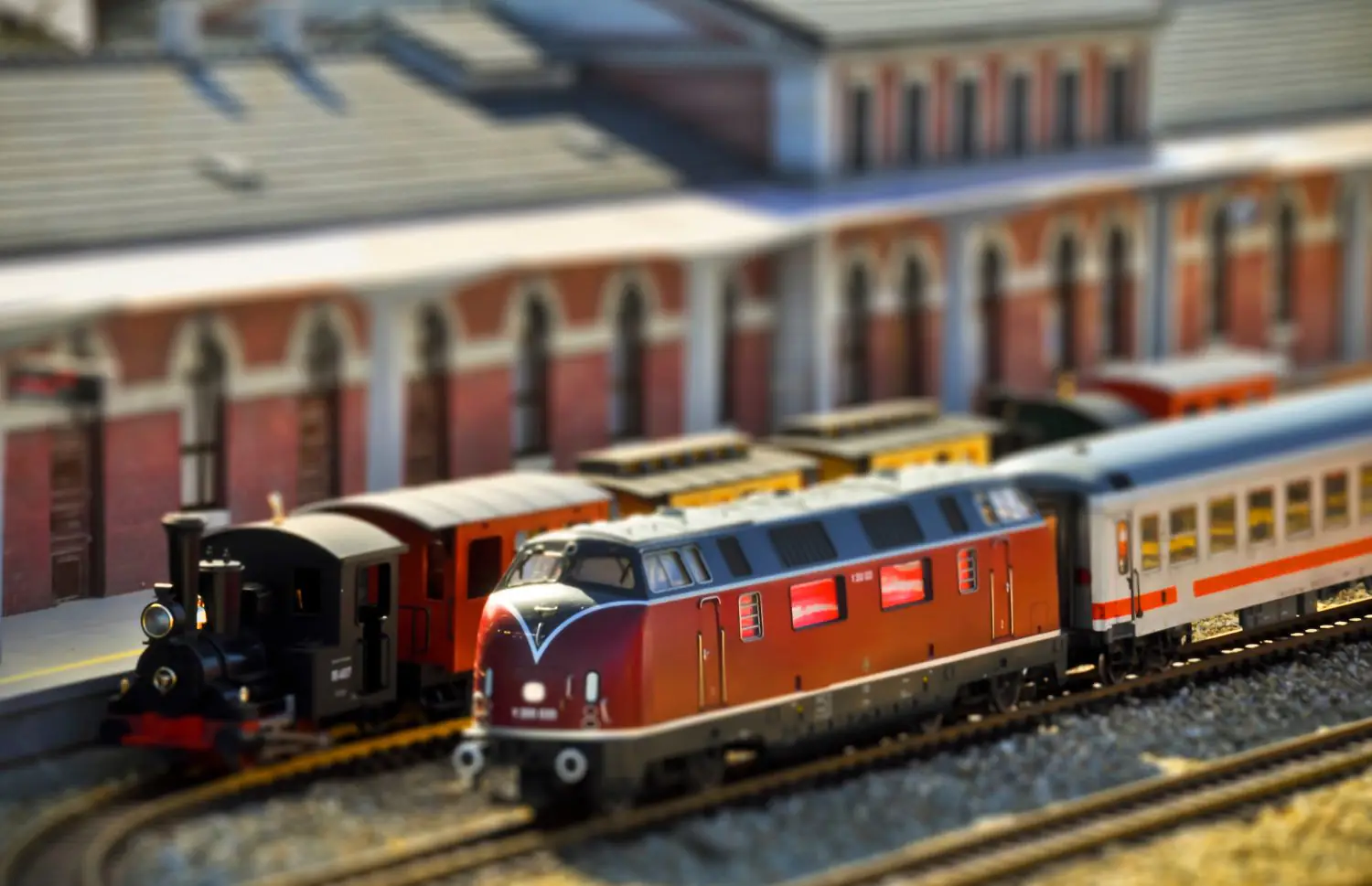
Similar to the case of water towers described in our previous article, finding an adaptive reuse of these train stations can address this issue. This can be especially important for the smaller communities who have had previously relied on the industries that heavily relied on railways. For example, the creation of a museum in a railway station building can help not only capture the essence of the tradition of train travel but also foster community engagement, serving as a cultural hub and promoting local identity.
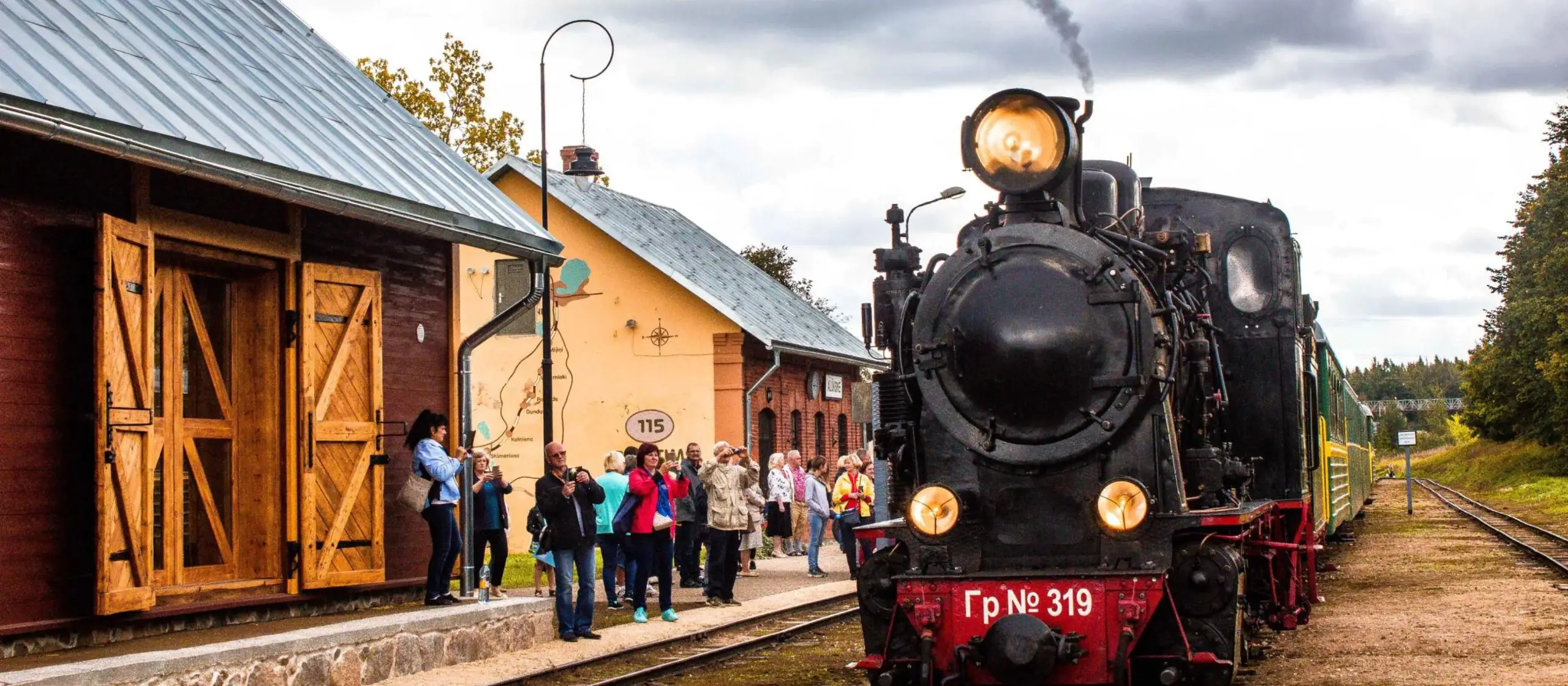
latvia.travel
Here the example of Alūksne railway station comes to mind. In 2018, the station has been transformed into an educative and cultural center that has helped both locals and tourists to recognize the part of the city’s historical heritage related to the railways. In 2022, the exposition was listed in the top 60 most interesting museums by the European Museum Award. After a visit to the exhibit, guests can take a ride on the last narrow gauge-way steam locomotive in the Baltics that still carries passengers. This very scenic (yet slow) train ride departs twice per day and connects the cities of Alūksne and Gulbene.
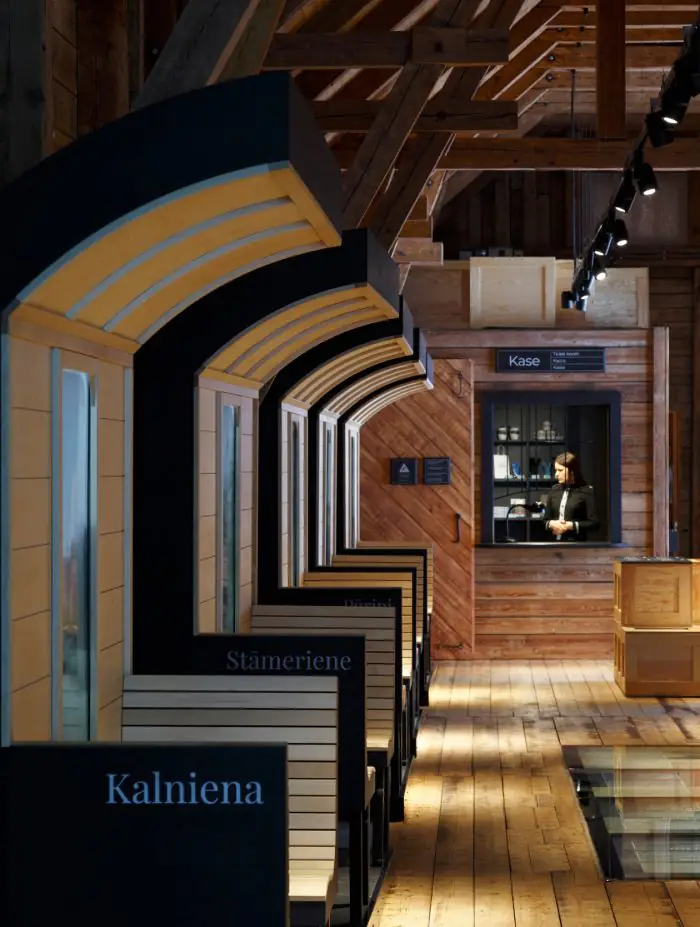
dexigner.com
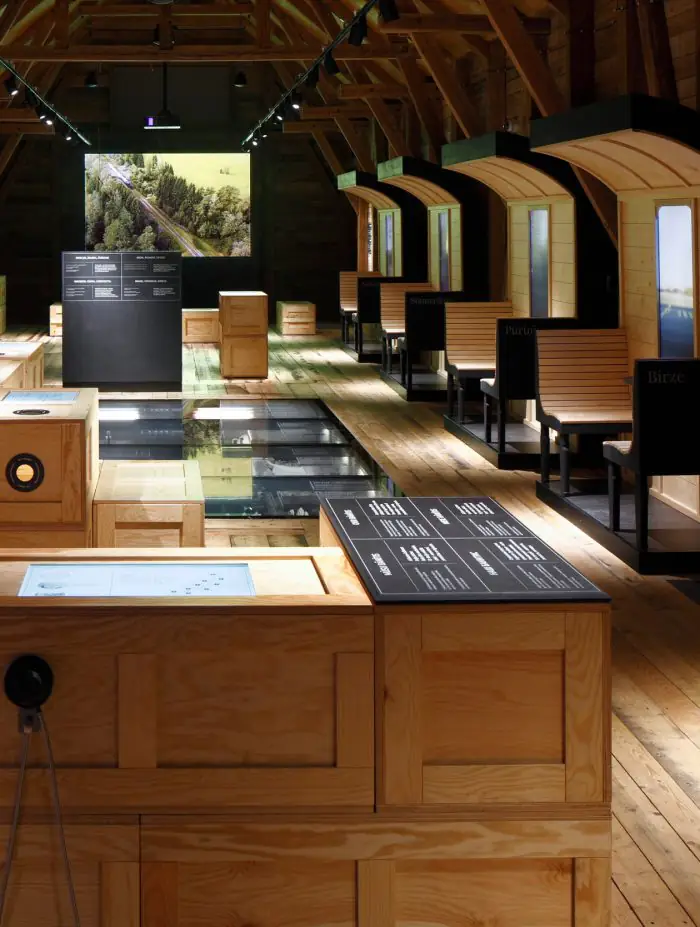
dexigner.com
The area around the Alūksne station has recently caught the attention of private businesses and investors alike. A local burger place “Tvaiks × Ogle” (“Steam and Coal”) opened at the station, as well as the old railway hotel was restored to its previous glory and reopened its doors for guests back in 2019. Just as recently as 2023, the municipality opened “Biznesa stacija” (“Business Station”)—a coworking place for local businesses to showcase their craft to visitors and expand their businesses. It is yet to be seen how this area will develop in the future, but the case of the revitalisation of the railway station and the impetus for further development of the city is an excellent example of how diverse work with cultural heritage can be.
We have covered more about Alūksne in two guides: a general guide to the city and a special one on architecture and the urban environment.
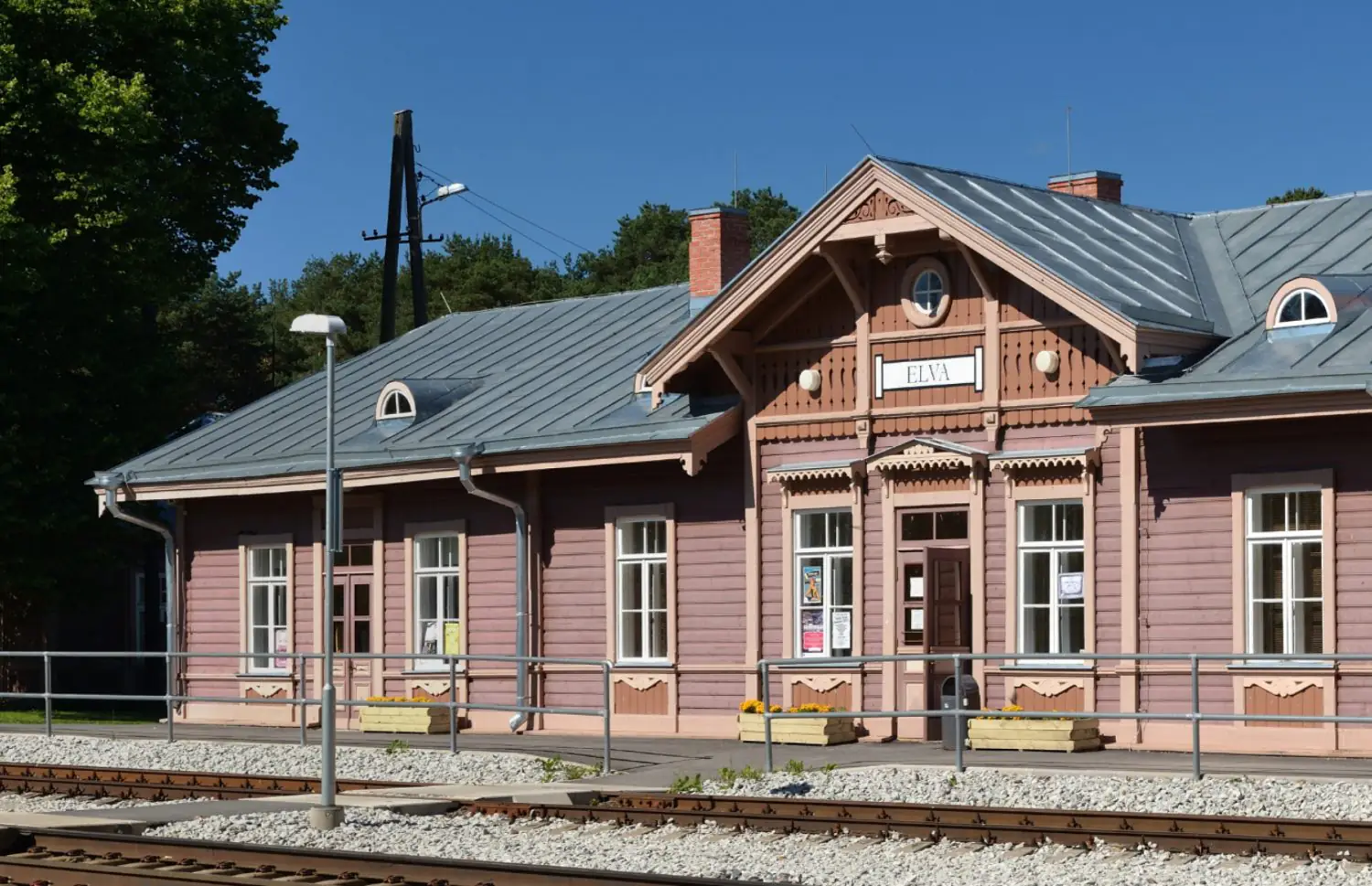
Photo: Ivar Leidus
visitestonia.com
Similar examples can be found in Estonia. The city of Elva boasts a beautiful 19th century wooden train station that, similarly to Alūksne, is still in active use today. Visitors can learn about the history of the station at the lounge of the station, a seminar room is available for different educational activities and the center “Elav Elva” (“Lively Elva”) offers visitors local handcrafts and information about the city to its visitors.
Further to the south, Haapsalu train station has not seen trains since 1995. The grandiose station, composed of multiple pavilions, once was the arrival spot for the Russian Tsars visiting the summer resort of Haapsalu. Now the station serves as a railway and communication museum, but the abandoned train tracks have been transformed into a biking path (Lääne County health trail).
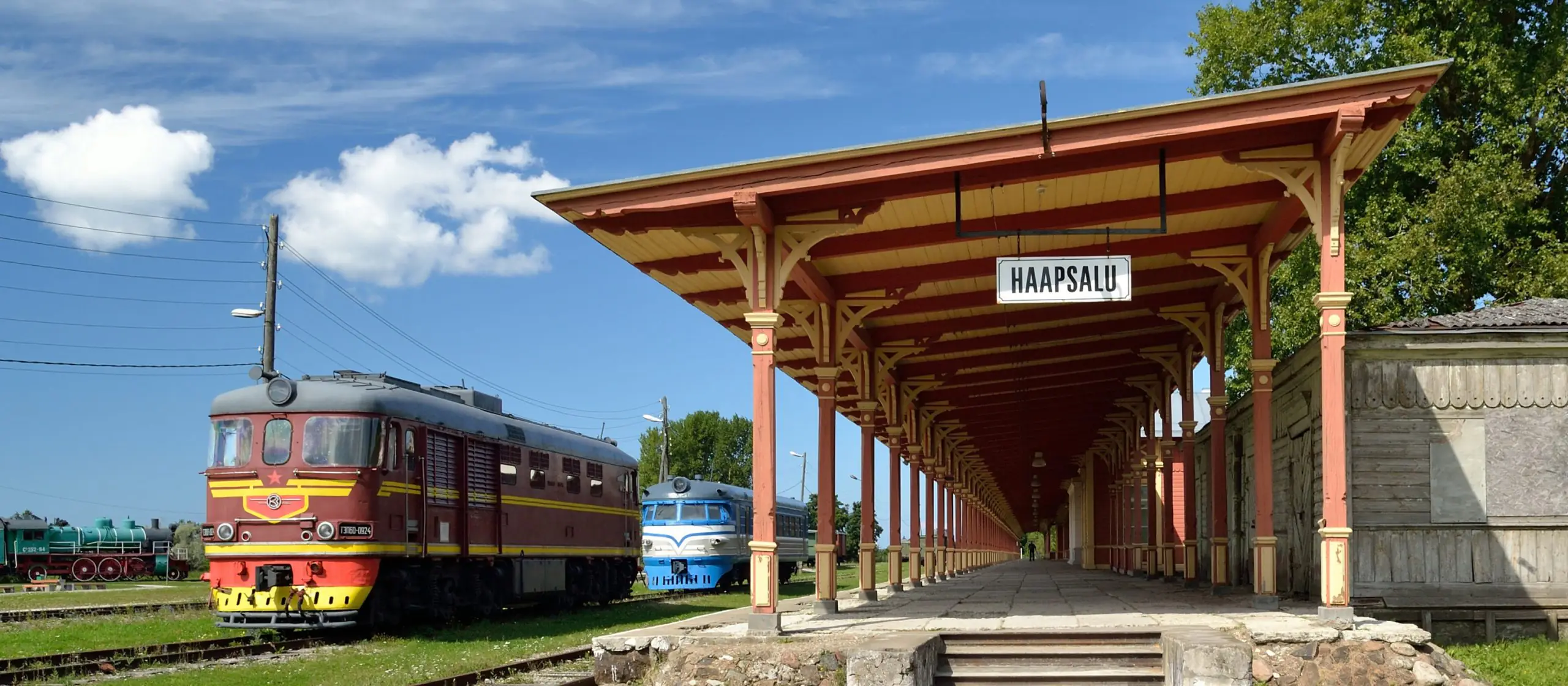
wikipedia.org
Train Station as a Venue
Alūksne serves as a great example of how a community and a municipality can rally around industrial building and give it new meanings. While the trains still depart daily from the station of Alūksne, other stations and train depots have not heard the sound of trains or people for decades. This industry has left a huge footprint on many European cities, so it is by no surprise why the city planners of Riga have had often emphasized the hidden potential of developing the areas around the dormant railway infrastructure that is scattered around the city.
We have covered before successful examples of a renewal of such heritage in Riga, namely the project of Hanzas Perons. Currently, the railway warehouse is being repurposed to house the Latvian National Symphony Orchestra during the restoration works of the Great Guild (Lielā ģilde). Steam engines have been replaced with the sounds of classical music from the nation’s very best. But the city’s work to revitalise the railway heritage has not stopped: new life came to the Vagonu quarter (Vagonu ceturksnis) and made it trendy and active. The name of the Vagonu iela directly translated as the “Street of Wagons”, has not been named by accident.
The territory was previously occupied by an industry giant—the factory “Russo-Balt”, that produced railway carriages (or wagons). During the life of this factory, the production branched out to produce automobiles and even aviation. Russo Balt’s hay days are long behind us, but its infrastructure was largely left empty and neglected for decades.
Sometimes all it takes is some creative spirit to bring such heritage back to life. For two years now, the Vagonu quarter has seen the opening of breweries and concert venues, and there are also happenings and events for the ones who enjoy some grungy atmosphere. Is it the beginning of the gentrification of this area? Perhaps. Yet it’s safe to see the benefits an artistic crowd can bring to a once-forgotten corner of the city.
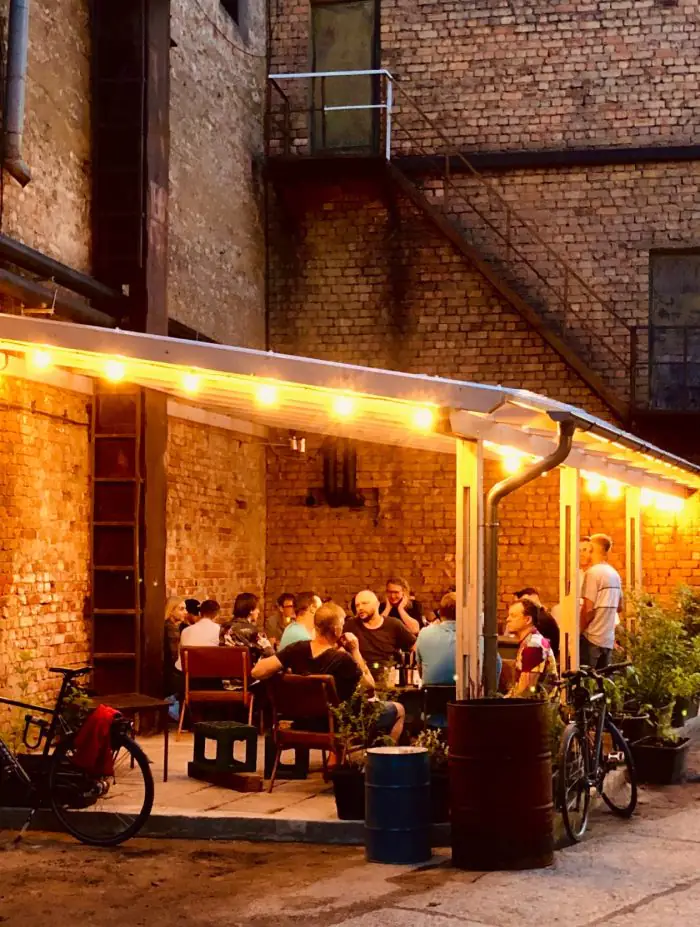
facebook.com
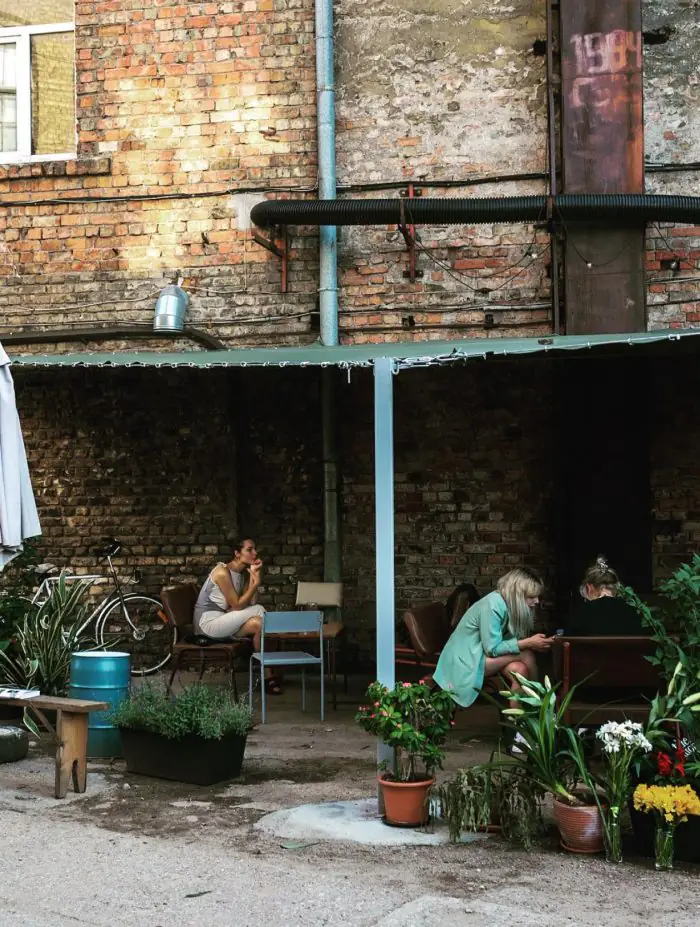
facebook.com

facebook.com
Train Station as a Public Space
As mentioned before, train stations for most of us are not associated as a place to hang out but rather—they exist more to run through and go about their business. French anthropologist Marc Augé crafted the term “Non-Places” to describe such public places where one can remain anonymous to the crowds and just pass through.
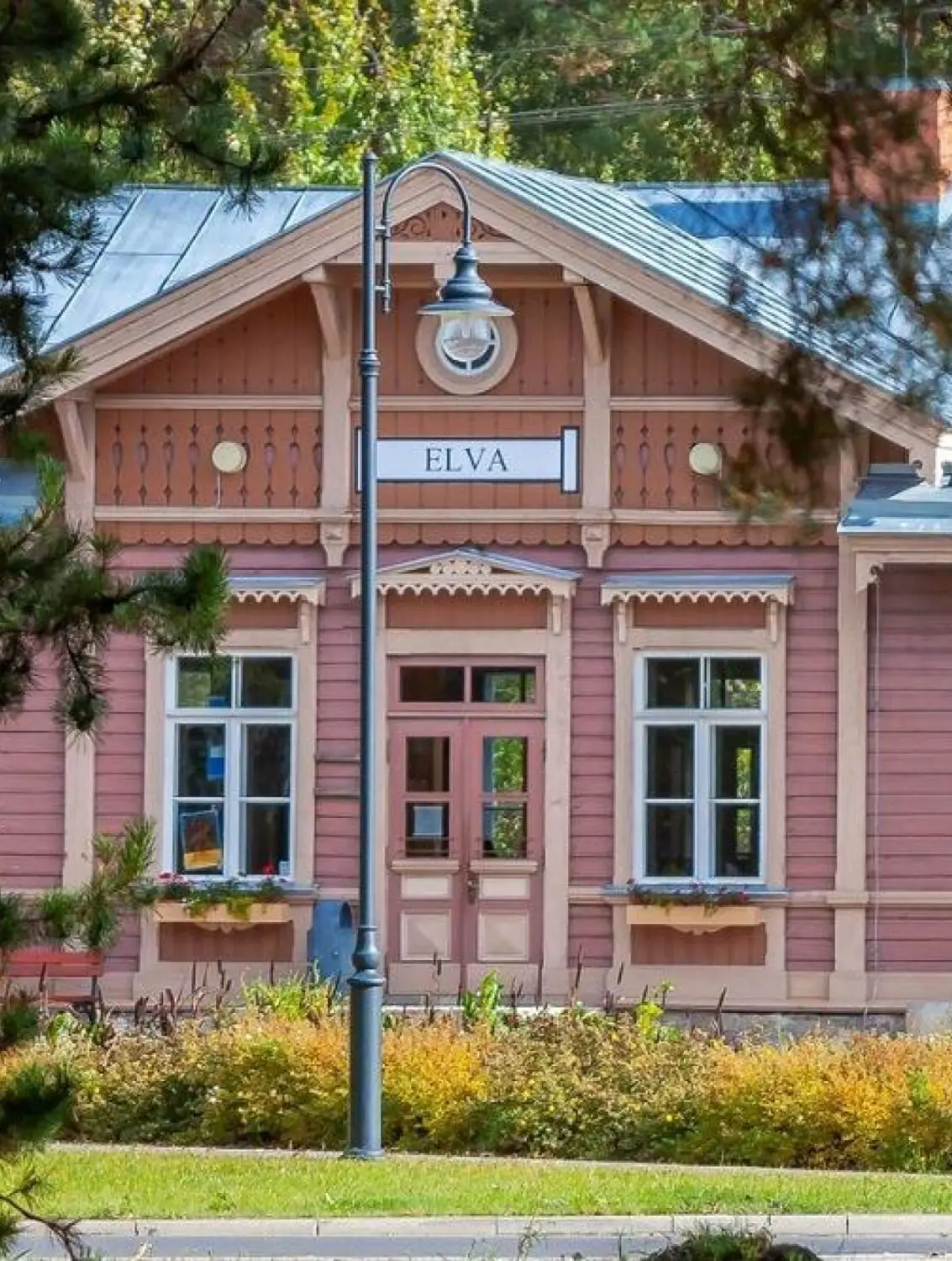
Photo: Kauvo Kroon
wikipedia.org
It seems we also need to focus not only on the abandoned railway infrastructure or the one that has been found and rediscovered by an artsy crowd. The question of how to revitalize and make train stations more hospitable for the locals is of equal importance. We have already written about how Rail Baltica will change the face of Riga. While such big infrastructure projects can drastically change the perception of these transport hubs, smaller-scale interventions can also help make the stations more appealing.
Our neighbors in Lithuania have made Vilnius railway stations area a worthy stop for visitors. And while some locals may still advise you to avoid the station area of the capital, it’s worth going in to discover a few jewels of the neighbourhood. One such example is the Peronas Bar, which is located next to the active train platforms of the station: it directly challenges the stereotype of the type of businesses usually associated with railway stations.
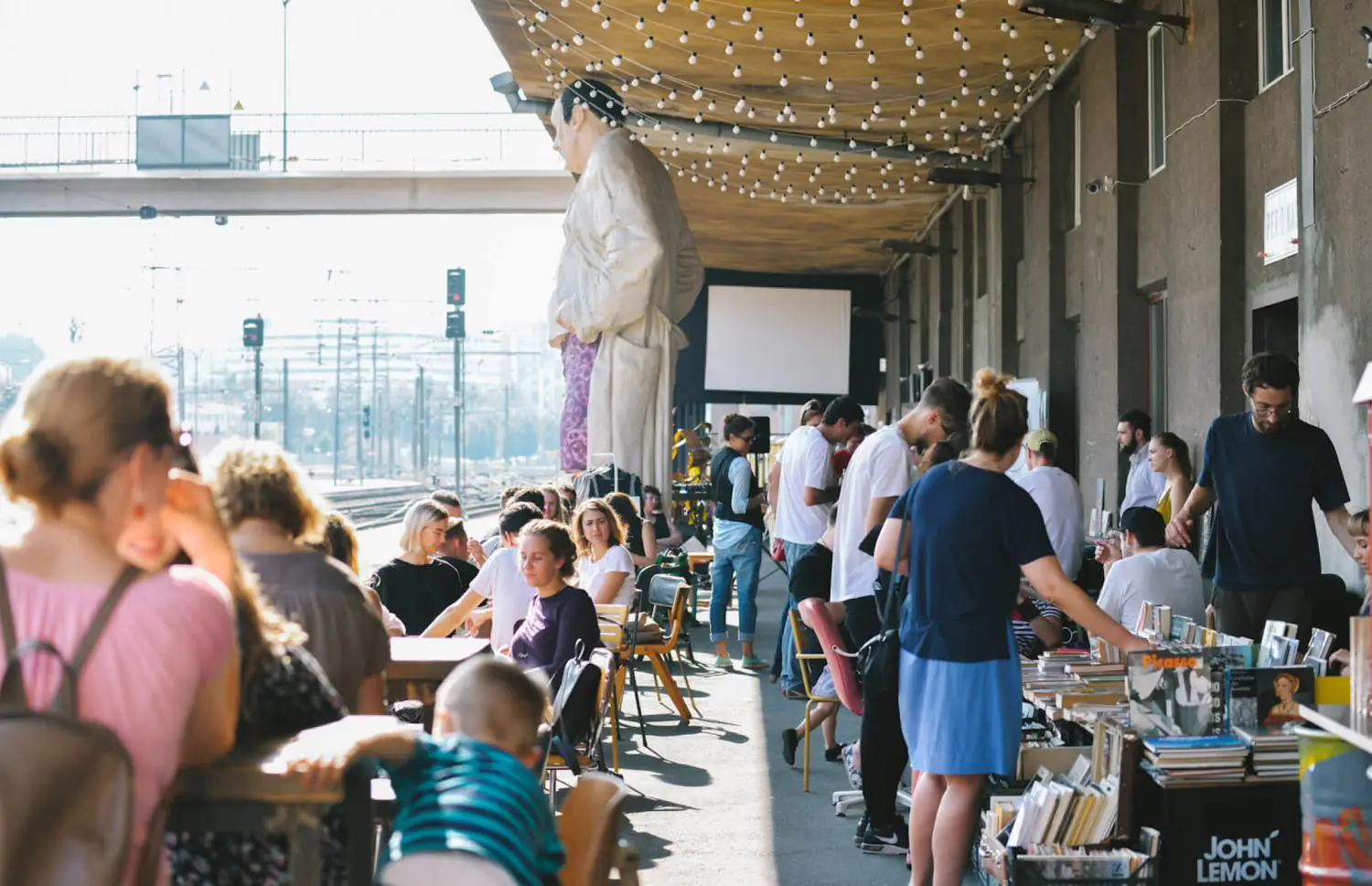
vilniusgspot.com
Right outside the station the art piece “Portalas” broadcasts live video with a Polish city of Lublin and a couple of steps forward multiple wall murals greet the visitors of the city. The Halės market is a great stop for the gourmands while the Loftas Art Factory will be loved by the artistic crowd.
It is no wonder why the Vilnius station area has been voted among the trendiest neighborhoods in the world. Projects such as Rail Baltica are crucial for urban development—and projects such as the redevelopment of the Vilnius railway station area prove that support from local businesses and artists has a significant impact on cultural activity in the city.
Train Station as a Home
Compared to the previously described case study of water towers, adapting a former train station to a home is far easier. Some train stations originally hosted apartments for the families who worked for the railways—in these cases, there are no problems when it comes to heating, sewerage, electricity and layouts.
Due to the depopulation of certain areas, one can find a train station being listed for auctions quite often. For further reading on this subject, we recommend “Nākamā pietura mājas” (Elīna Kursīte, Liene Millere 2019), a book that tells the story of the train stations in Latvia that have been transformed into homes, museums, and even: a church.
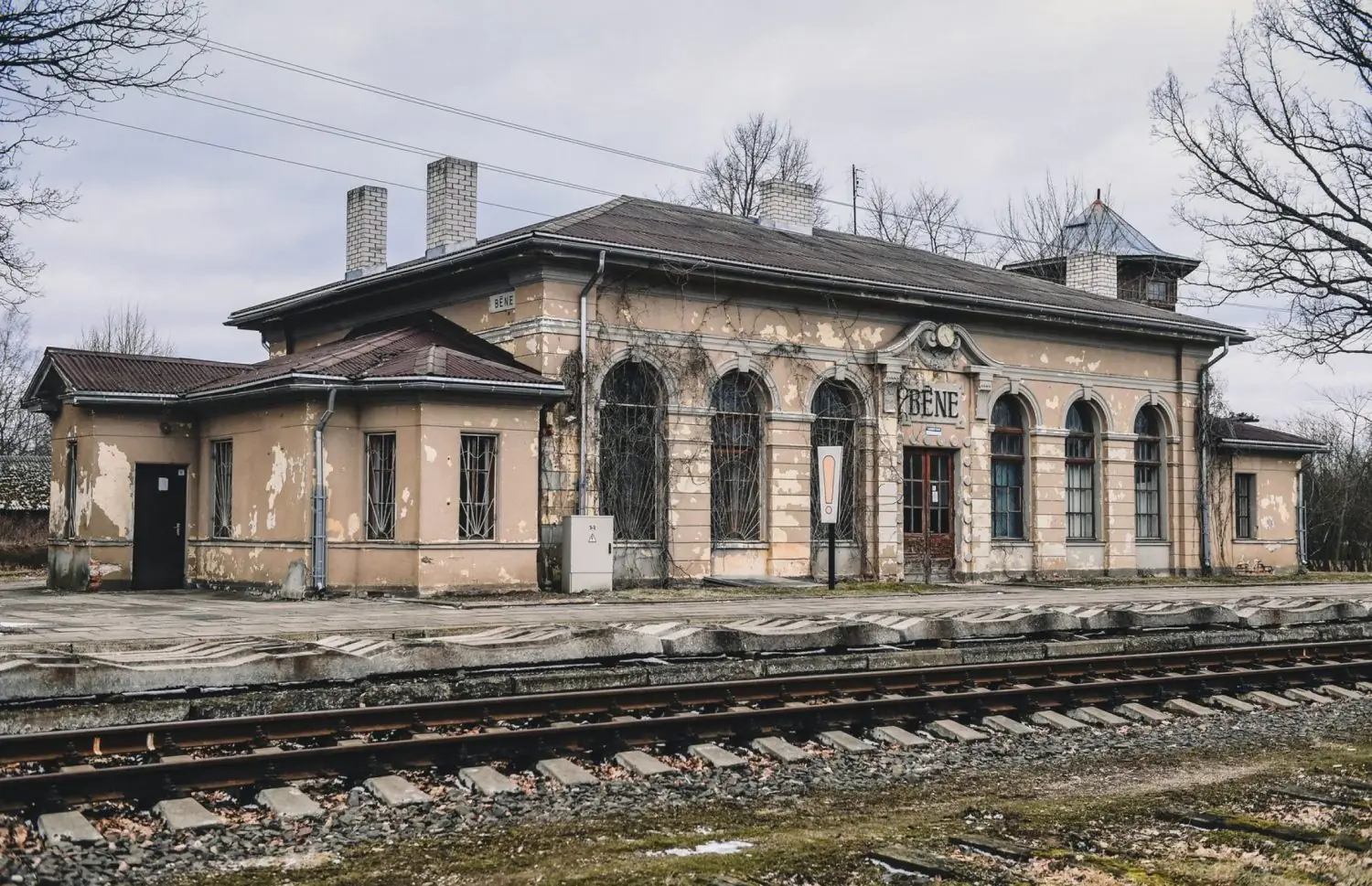
delfi.lv
The former train station “Zemgale” has seen one of the most unusual transformations. Built in 1924, it served as one of the entry points to Latvia by train. Such railway stations were usually built extra grandiose to impress travelers upon their first entry into the country. This station however never saw its full completion as envisioned by the architect Jānis Neija. Without knowing the historical context, it might seem confusing that the station Zemgale is, in fact, in today’s Latgale and it served as an entry point from Latvias border with Poland—one that does not exist today.
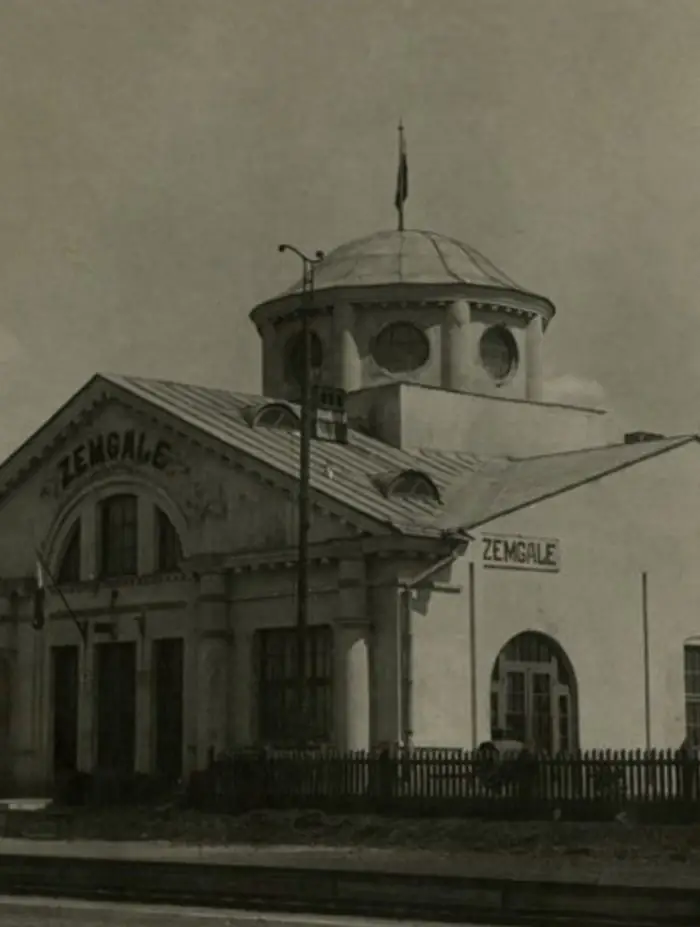
wikipedia.org
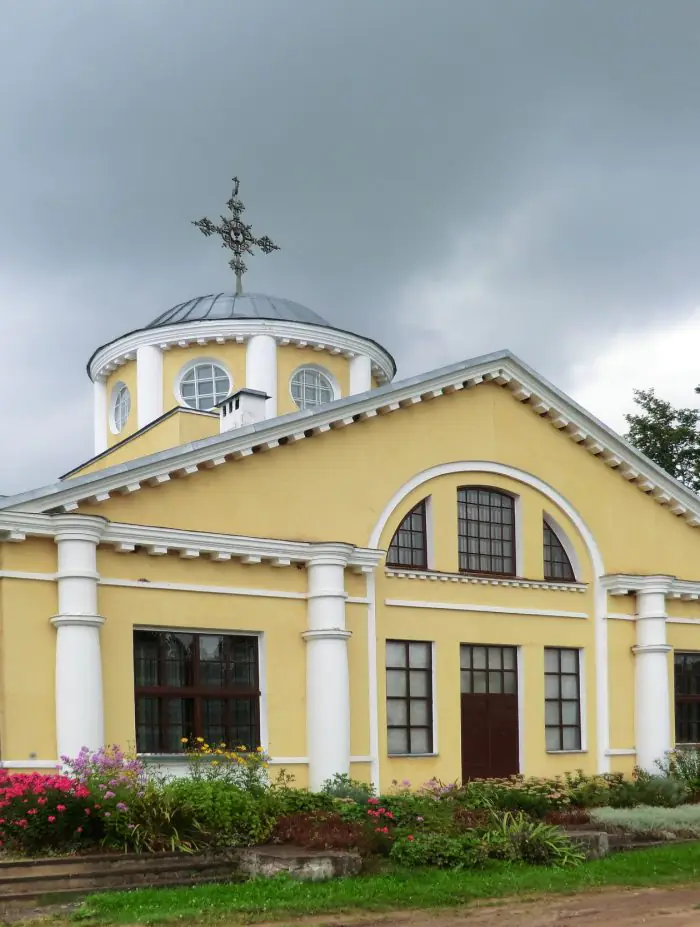
wikipedia.org
But the most fascinating story is the change of use that happened to the building: since 2006, it has been home to the Roman Catholic Church of Zemgale. The churchgoers argue that the building’s cupola and its cross-like layout makes it seem like it was meant to be a church from the very beginning. Nowadays the same original bell that used to ring the arrival of trains at thestation is used to call believers to service every sunday.
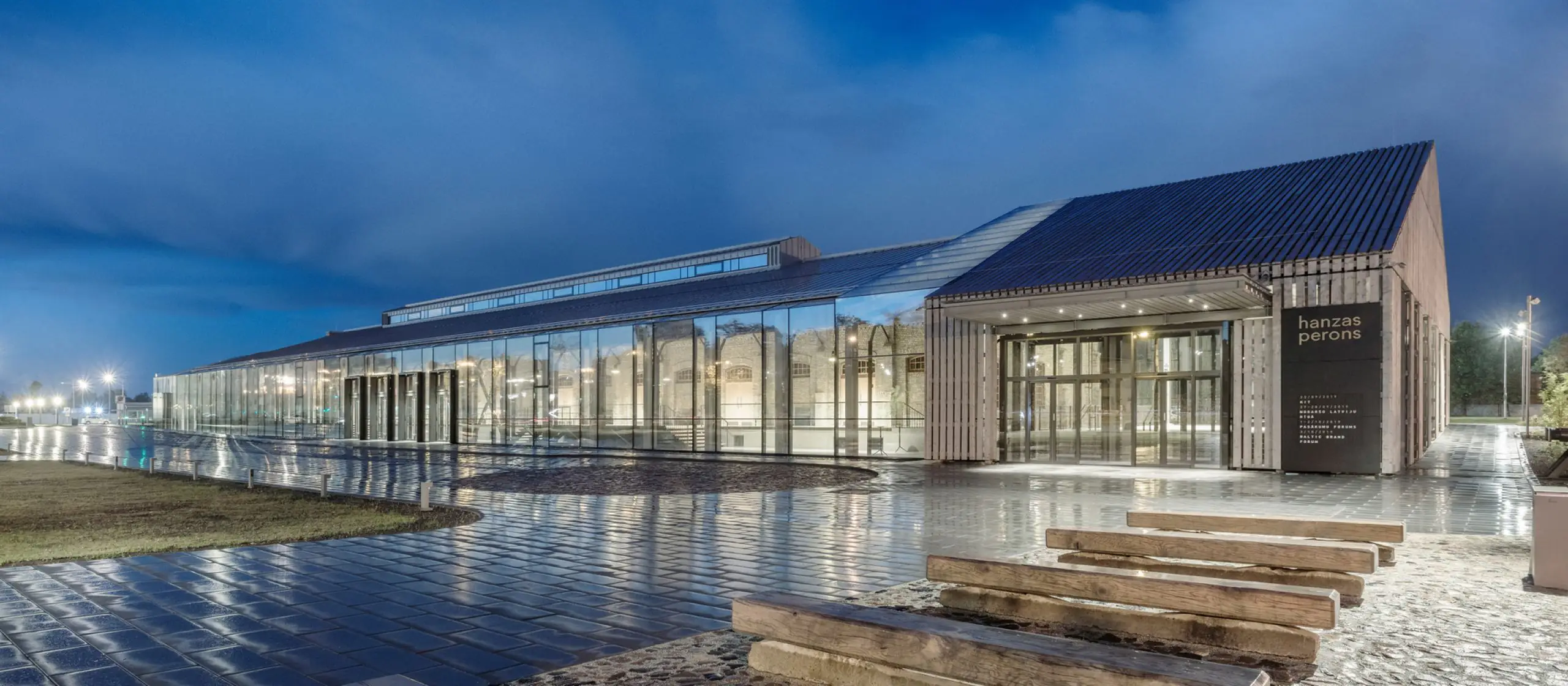
archdaily.com
Stations and other railway structures are part of our cities and should be preserved, as they often occupy a central position and their destruction is far less effective than their reuse. Urbanists and citizens can work together to make these “non-places” look and feel like real places, preserve the cultural codes of cities, and help people of different generations see their history in new ways—over a cup of coffee, at a concert, or while praying.


